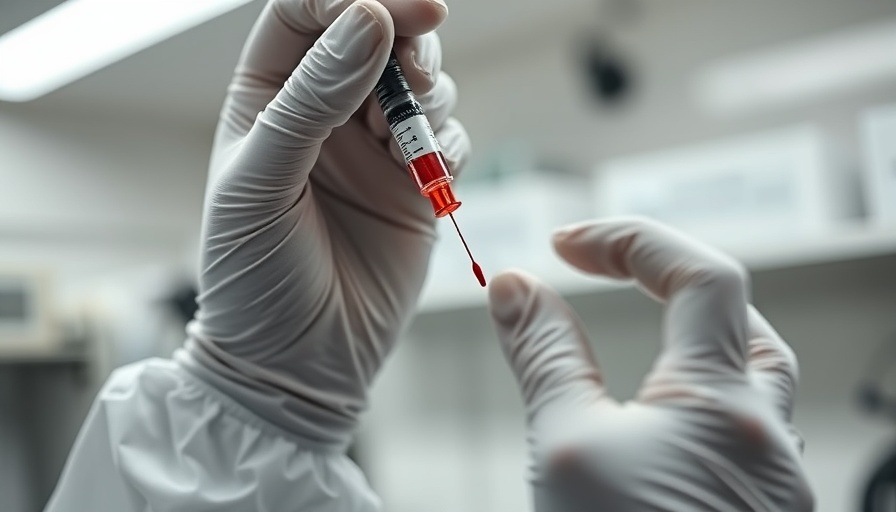
Understanding the AI Landscape in Healthcare Today
Artificial Intelligence has transformed the way industries operate, with healthcare being at the forefront of its adoption. The recent CDW Artificial Intelligence Research Report reveals several insights and strategies that healthcare organizations can employ to utilize AI effectively. As technologies like ChatGPT permeate various sectors, healthcare entities must look beyond mere generational hype and focus on practical implementations of AI solutions that meet their specific needs.
Identifying and Solving Real Problems
One key takeaway from the CDW report is the emphasis on addressing real problems rather than deploying new tools impulsively. Organizations face a multitude of challenges, particularly staffing shortages that strain resources. According to the report, a staggering 62% of IT decision-makers expressed that while they possess innovative AI ideas, executing them remains elusive. This underlines the importance of pinpointing specific workplace challenges that AI can ameliorate, such as reducing administrative burdens and enhancing clinician experiences.
For example, ambient listening technologies, designed to streamline clinical documentation, can significantly reduce what is often called "pajama time" for clinicians—time spent on paperwork at home instead of focusing on patient care. By reducing this administrative workload, clinicians can dedicate more time to direct patient interactions, which can lead to improved healthcare outcomes.
The Need for Robust AI Governance
With the rapid advancement of AI technologies and the accompanying regulatory uncertainty, creating a robust AI governance framework is essential. The findings from CDW point out that healthcare organizations must remain agile in their AI governance to navigate these complexities effectively. A multidisciplinary approach, involving various stakeholders from clinical, informatics, and legal domains, is crucial in ensuring comprehensive oversight of AI implementations. This will help organizations adapt to changes and align their strategies with evolving regulations.
The Future of AI in Healthcare: Opportunities and Challenges
As we venture further into a digital future, the opportunities for AI in healthcare are immense—yet they come with significant challenges. The pace of technological change often outstrips regulatory frameworks, leaving many organizations unsure of compliance requirements. According to the report, only 34% of surveyed companies reported having fully implemented their top AI projects, indicating a substantial gap between potential and actual deployment.
This discrepancy presents an opportunity for healthcare leaders to reevaluate their strategies, invest in training for team members, and foster a culture that embraces innovation paired with practical governance.
Conclusion: Embracing AI with Insight and Strategy
In summary, the CDW AI Research Report emphasizes that while healthcare organizations are eager to leverage AI, they must first identify real problems that need solutions and create structural frameworks that allow those solutions to thrive. As the landscape continues to evolve, a strategic approach to AI that balances innovation with governance will be essential for success.
As organizations consider their next steps, they must ask themselves: How can we integrate AI into our existing systems in meaningful ways that benefit both our teams and the patients we serve? The answers lie in taking informed action based on these insights.
 Add Row
Add Row  Add
Add 




 Add Row
Add Row  Add
Add 
Write A Comment